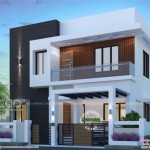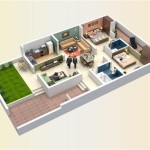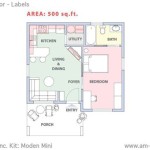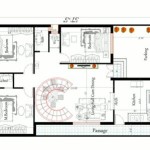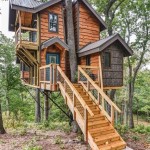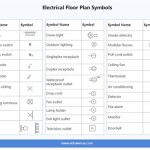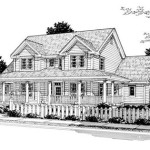Essential Aspects of House Plans For 300 Square Meter
When designing a house plan for a 300 square meter property, there are several essential aspects to consider to ensure that the end result is functional, comfortable, and meets your specific needs. These key elements include space planning, room layout, natural lighting, ventilation, and overall aesthetics.
Space Planning
Effective space planning involves carefully allocating the available floor area to different rooms and functions. A well-organized layout will maximize space utilization and create a harmonious flow throughout the house. Consider your lifestyle, daily routines, and future needs when determining the size and placement of each room.
Room Layout
The room layout should complement the space planning and create a sense of openness and connectivity. Open floor plans, where multiple rooms seamlessly transition into each other, are popular for modern homes and promote a spacious and airy atmosphere. However, incorporating walls and partitions can provide privacy and define specific areas as needed.
Natural Lighting
Natural lighting is crucial for creating a bright and inviting living environment. Position windows and skylights strategically to maximize daylight penetration into all areas of the house. Large windows offer panoramic views and connect the interior with the outdoors, while skylights bring in natural light from above, reducing the need for artificial lighting during the day.
Ventilation
Proper ventilation ensures air circulation and maintains a healthy indoor environment. Incorporate cross-ventilation by placing windows and vents on opposite sides of the house to allow for the flow of fresh air. Ceiling fans, exhaust fans in bathrooms and kitchens, and air conditioning systems can also contribute to effective ventilation.
Overall Aesthetics
The overall aesthetics of the house plan should reflect your personal style and preferences. Consider the architectural style, exterior materials, and interior design elements to create a cohesive and visually appealing home. Whether you prefer a contemporary, traditional, or modern aesthetic, the design should seamlessly integrate with the surrounding environment and reflect your taste.
By carefully considering these essential aspects, you can create a house plan for a 300 square meter property that meets your functional, practical, and aesthetic requirements. Seek professional guidance from architects or designers to ensure that your design is optimized and tailored to your specific needs.

10 House Design You Can Built In Less Than 300 Sq M Lot Floor Plans Square Blueprints

Four Bedroom Modern House Design Pinoy Eplans Bungalow Home Plans

Agustin Spacious Three Bedroom Elevated House Concept Pinoy Eplans

300sqm House Plan Zimbabwe

Regroup Ltd

Modern Contemporary House Design With 4 Bedrooms Cool Concepts

10 House Design You Can Built In Less Than 300 Sq M Lot Blueprints Outside Farmhouse Diy Projects

250 300 Sqm Floor Plans And Pegs

10 House Design You Can Built In Less Than 300 Sq M Lot Minimalist Blueprints Two Story

House Plans For You 300 Square Meters

